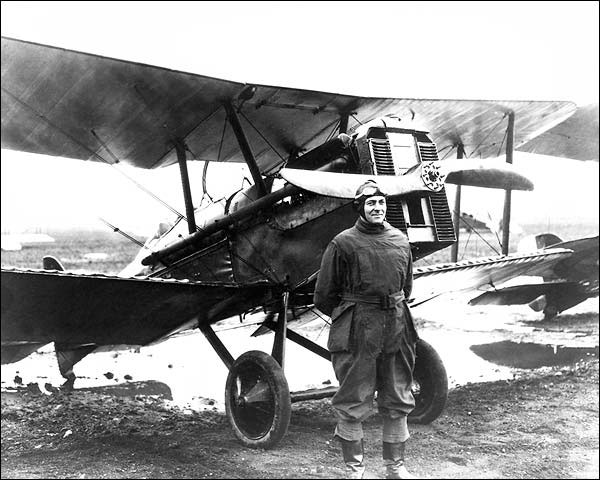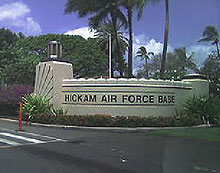THANK YOU!
YOUR PURCHASE OF THESE BOOKS SUPPORTS THE WEB SITES THAT BRING TO YOU THE HISTORY BEHIND OLD AIRFIELD REGISTERS
Your copy of the Davis-Monthan Airfield Register 1925-1936 with all the pilots' signatures and helpful cross-references to pilots and their aircraft is available at the link. 375 pages with black & white photographs and extensive tables
---o0o---
The Congress of Ghosts (available as eBook) is an anniversary celebration for 2010. It is an historical biography, that celebrates the 5th year online of www.dmairfield.org and the 10th year of effort on the project dedicated to analyze and exhibit the history embodied in the Register of the Davis-Monthan Airfield, Tucson, AZ. This book includes over thirty people, aircraft and events that swirled through Tucson between 1925 and 1936. It includes across 277 pages previously unpublished photographs and texts, and facsimiles of personal letters, diaries and military orders. Order your copy at the link.
---o0o---
Military Aircraft of the Davis Monthan Register 1925-1936 is available at the link. This book describes and illustrates with black & white photographs the majority of military aircraft that landed at the Davis-Monthan Airfield between 1925 and 1936. The book includes biographies of some of the pilots who flew the aircraft to Tucson as well as extensive listings of all the pilots and airplanes. Use this FORM to order a copy signed by the author, while supplies last.
---o0o---
Art Goebel's Own Story by Art Goebel (edited by G.W. Hyatt) is written in language that expands for us his life as a Golden Age aviation entrepreneur, who used his aviation exploits to build a business around his passion. Available as a free download at the link.
---o0o---
Winners' Viewpoints: The Great 1927 Trans-Pacific Dole Race (available as eBook) is available at the link. This book describes and illustrates with black & white photographs the majority of military aircraft that landed at the Davis-Monthan Airfield between 1925 and 1936. The book includes biographies of some of the pilots who flew the aircraft to Tucson as well as extensive listings of all the pilots and airplanes. Use this FORM to order a copy signed by the author, while supplies last.
---o0o---
Clover Field: The first Century of Aviation in the Golden State (available in paperback) With the 100th anniversary in 2017 of the use of Clover Field as a place to land aircraft in Santa Monica, this book celebrates that use by exploring some of the people and aircraft that made the airport great. 281 pages, black & white photographs.
---o0o---
YOU CAN HELP
I'm looking for information and photographs of pilot Hickam and his airplane to include on this page. If you have some you'd like to share, please click this FORM to contact me.
---o0o---
SPONSORED LINKS
HELP KEEP THESE WEB SITES ONLINE
FOR YOUR CONVENIENCE
You may NOW donate via PAYPAL by clicking the "Donate" icon below and using your credit card. You may use your card or your PAYPAL account. You are not required to have a PAYPAL account to donate.
When your donation clears the PAYPAL system, a certified receipt from Delta Mike Airfield, Inc. will be emailed to you for your tax purposes.
---o0o---
HORACE MEEK HICKAM
Horace Hickam landed and signed our Registers three times. He signed the Davis-Monthan Register twice, and the Peterson Field Register once. He landed at Colorado Springs on Friday, May 20, 1932 at 4:35PM. He was solo in the Boeing P-12E he identified as 31-562. He gave no reason for his visit, and appeared to be alone as there were no other military aircraft who landed near the same time. He was enroute from Amarillo, TX to Denver, CO. Below, an image of him at Bolling Field, Washington, DC.
 |
Hickam was born August 14, 1885 at Spencer, IN. Hickam was a West Pointer, graduating with a commission as 2nd iieutenant in 1908. He was assigned to Vermont, the Philippines, and to Mexico, where he earned the Silver Star for actions against Pancho Villa. At the outset of WWI, he joined the Signal Corps in the aviation section and was transferred to Rockwell in San Diego, CA for flight training. He completed gunnery training and, by October, 1918, was recognized for his administrative skills and took command of Dorr and Carlstrom Fields in Florida.
Almost immediately, he was transferred to Washington, DC and assigned as chief of the Information Division, Office of the Director of Air Service. Interestingly, in this capacity Hickam started and promulgated the Air Corps Newsletter, which consistently was published between 1918 and 1944. The Newsletters are a rich source of information that include mention of many Register pilots. Occasionally their flights can be identified in the Newsletters and correlated with their signatures in our Registers. One example is found in the Air Corps Newsletter of May 28, 1932 (just a week after he landed at Tucson!). Follow the link and about 2/3 down the page you'll find a citation in the Newsletter that documents Register pilot Albert Hegenberger's very first solo flight under instrument conditions. This was a significant aeronautical milestone, recorded appropriately and tersely in Hickam's Newletter for all to see and appreciate.
Through the 1920s he was a strong proponent of air power and lobbied for a separate air force. In that capacity, he was a supporter of Billy Mitchell. In 1928, he began a four-year assignment as a member of the War Plans Division. On March 1, 1932, he was promoted to Lt. Colonel. In June, 1932, he assumed command of the Third Attack Group at Fort Crockett in Galveston, TX. This brings us to his flight through Peterson Field, which originated in Amarillo, TX, a reasonable stopping point on a journey from Galveston to Denver.
In 1934, he was again transferred to Chicago to manage the Central Zone component of the air mail transport system as it was operated by the federal government. The system would soon prove untenable for the government and mail transport was given over to civil commercial entities. Hickam would not be a part of that transition.
 |
Hickam died young on November 5, 1934 while practicing night landings on an unlighted air strip at Fort Crockett, TX. Hickam Field, located on Oahu, HI, was named after him. The Field was named after him about six months after his death, on May 31, 1935. The Field was one of the major targets of the Japanese attacks on Pearl Harbor on December 7, 1941. The Field later became Hickam Air Force Base. The entry sign for the contemporary base is at left. Hickam Field, with the approval of Davis-Monthan Register pilot Major General Benjamin D. Foulois, was a new facility build on Oahu.
Hickam has an excellent Web presence. A concise biography of Hickam with good photographs is at the link. He is buried at Arlington National Cemetery, and his associated obituary is at the link.
---o0o---
SPONSORED LINKS
THIS PAGE UPLOADED: 12/05/13 REVISED:
